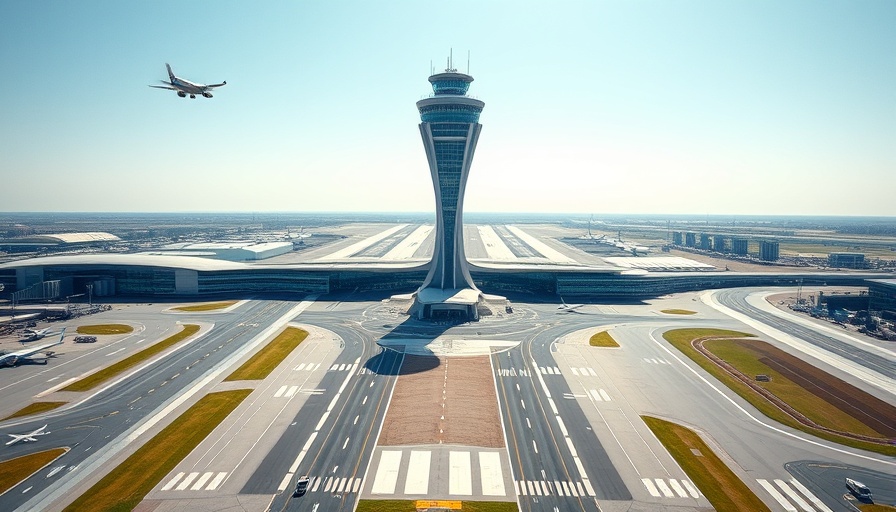
Air-Traffic Control: A Call for Investment
The U.S. air traffic control system is at a pivotal crossroads, as Transportation Secretary Pete Buttigieg has emphatically stated the urgent need for substantial upfront investment. With billions on the table, the modernization of this essential infrastructure isn't merely a logistical concern but rather a crucial investment in national safety and efficiency.
Understanding the Costs and Benefits
Secretary Buttigieg highlighted that the current air traffic control system operates under mounting pressure with outdated technology. Over the years, delays and inefficiencies have cost the airline industry, and by extension the economy, a tremendous amount. An effective overhaul would mitigate these losses, streamline operations, and ultimately enhance passenger safety and experience.
Historical Context: The Evolution of Air Traffic Control
Air traffic control systems have evolved significantly since their inception in the early 20th century. The establishment of the Federal Aviation Administration (FAA) in 1958 marked a turning point in standardizing aviation safety and operations. However, as technology has transformed, so too must the systems governing air traffic. The need for a modernized approach is apparent, with many experts advocating for the implementation of satellite-based technology for improved tracking and management.
Public Safety: Why This Matters
The stakes couldn't be higher regarding public safety. Transportation Secretary Buttigieg emphasized that outdated technology increases risk not only for passengers but also for air traffic controllers and airline staff. Investing in modern air traffic control will yield direct benefits, including reduced accidents, fewer operational delays, and cost savings for airlines that could be passed on to consumers.
The Financial Implications: Value Over Cost
Critics may argue against the initial financial outlay required for overhauling air traffic control, citing concerns about government spending. However, the long-term benefits significantly outweigh these initial investments. According to estimates, upgrading to a more efficient system could save the aviation sector billions in operational costs and generate economic growth through enhanced travel efficiency.
Opportunities for Innovation and Job Creation
Modernizing air traffic control also holds promise for innovation and job creation. Implementing new technologies requires a workforce equipped with cutting-edge skills. This initiative could envelop training programs and create high-tech jobs in engineering and IT. Stimulating the economy through job creation while enhancing public safety underscores the multifaceted benefits of this overhaul.
Public Response and Political Dynamics
Public opinion about infrastructure investments like air traffic control often straddles a line of skepticism and support. Some may perceive this investment as a government overreach, while others recognize the necessity for modernization. Engaging the public through transparent communication about the benefits—and addressing their concerns—is essential for garnering widespread support for this initiative.
Facing the Future: A Safe and Modern Air Travel Experience
Ultimately, the way forward lies in recognizing the importance of air traffic control in maintaining a reliable and safe aviation sector. While upfront costs are significant, investing in modern technology will pave the way for a robust aviation future. As the demand for air travel grows post-pandemic, so too do the stakes of not acting swiftly to modernize these systems.
Take Action: Advocate for Air Traffic Control Investment
As citizens and stakeholders, it is crucial to advocate for the necessary investments in our nation's air traffic control system. Engaging with your local representatives, raising public awareness, and staying informed about transportation initiatives fosters an environment that prioritizes the safety and efficiency of our aviation infrastructure. Your voice can play a vital role in shaping the future of air travel.
 Add Row
Add Row  Add
Add 




 Add Row
Add Row  Add
Add 

Write A Comment